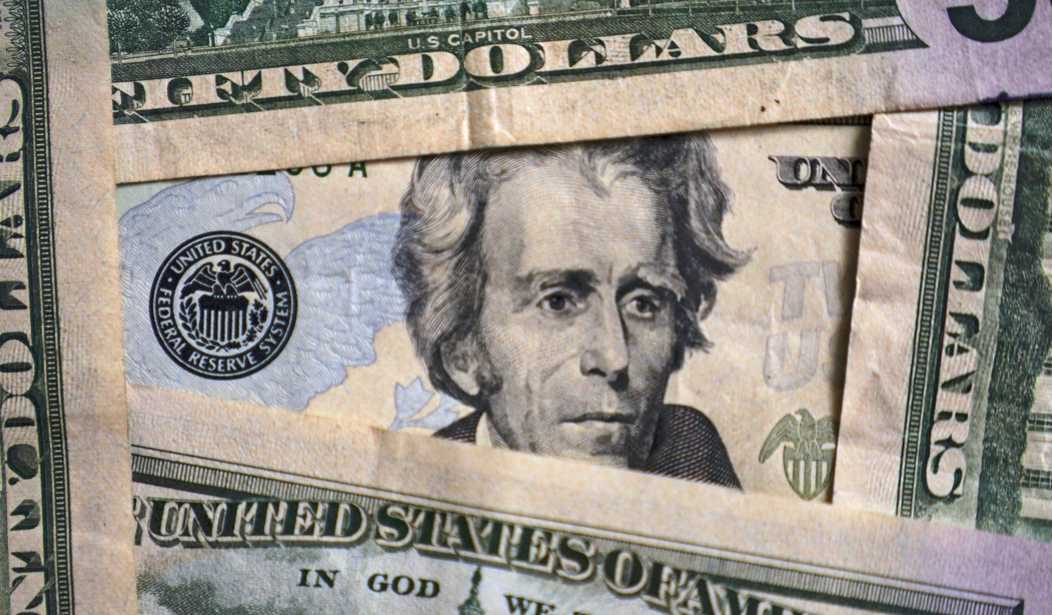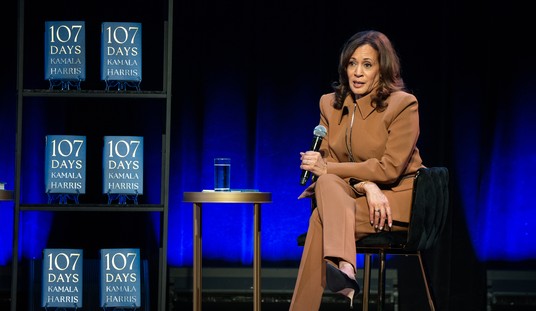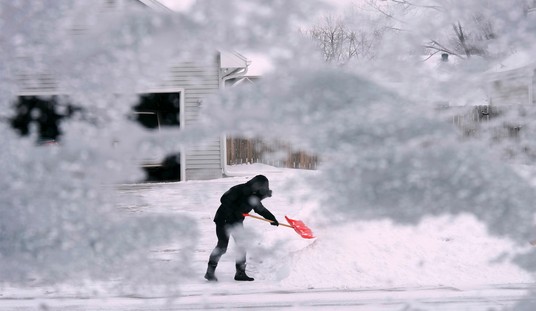The Consumer Price Index numbers are out for February, and once again the numbers do look good on the inflation front. But that good news comes on the heels of a multi-bank failure that could threaten the Federal Reserve’s plan to continue interest rate hikes to continue fighting inflation.
CPI shows inflation grew 6 percent annually in February, down from 6.4 percent in January. It’s a promising sign for an economy that has had its ups and downs – though certainly more ups in recent weeks. Core CPI, which excludes volatile food and energy prices from the measurement, was up 5.5 percent annually in February versus 5.6 percent in January.
More from the Wall Street Journal:
Prices rose 0.4% in February over the prior month versus a 0.5% increase in January. Core prices increased by 0.5% in February compared with a 0.4% monthly gain in January.
Consumers paid less last month to heat their homes, and prices for medical services and used cars fell as well. Gasoline and food prices both increased, but at a slower pace than they did in January. Shelter costs increased 0.8% over the month.
These signs would point to the Federal Reserve keeping its aggressive rate hikes going – probably at half a percent at their meeting next week – but recent financial crises at multiple banks could give them pause.
Year-over-year inflation has cooled from a recent peak last June, but has remained stubbornly high. That combined with a strong labor market and solid consumer spending introduced the possibility that the Fed could raise its benchmark interest rate by a half-percentage-point at its March 21-22 meeting, after opting for a smaller increase in early February. But the collapse of Silicon Valley Bank and other financial institutions in recent days complicated that decision. The central bank may move more cautiously to assess the state of the financial system.
The Fed’s goal of getting inflation at or below 2 percent is their overriding concern, but fears that their aggressive rate hikes could be breaking the financial industry are causing panic in the marketplace. However, it seems like stock market believes the situation is pretty well contained, as there hasn’t been a major crash yet for the major banks.
Yesterday’s run on First Republic bank appears to have been largely due to a large number of tech industry accounts at the bank. But the big firms are not showing any signs of crisis, and First Republic has regained a lot of value at the opening bell this morning.
NOW: First Republic Bank surges 61% at open as record rout eases https://t.co/zJZ2CWLXgp pic.twitter.com/7o42PvcKyE
— Bloomberg (@business) March 14, 2023
That may be enough to keep the Fed on track to raise the interest rate by half a percent, rather than slowing down to just a quarter point.
Wage growth is showing signs of slowing down, according to the most recent jobs report. And while the economy did impress with more than 300,000 jobs created, that was a major slowdown from the half a million jobs created in January, pointing to a cooling on the labor side of the market – all of which is in line with what the Fed wants to see.














Join the conversation as a VIP Member